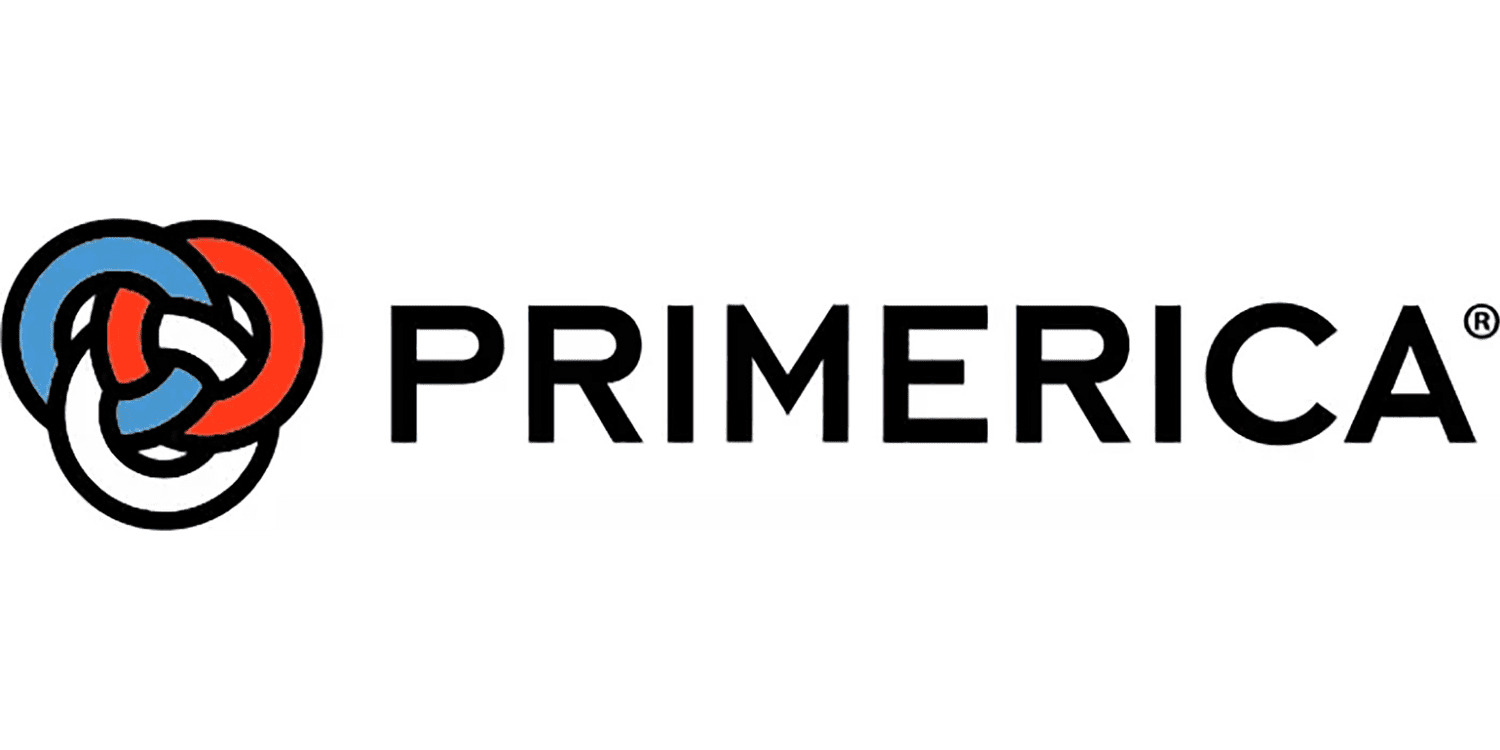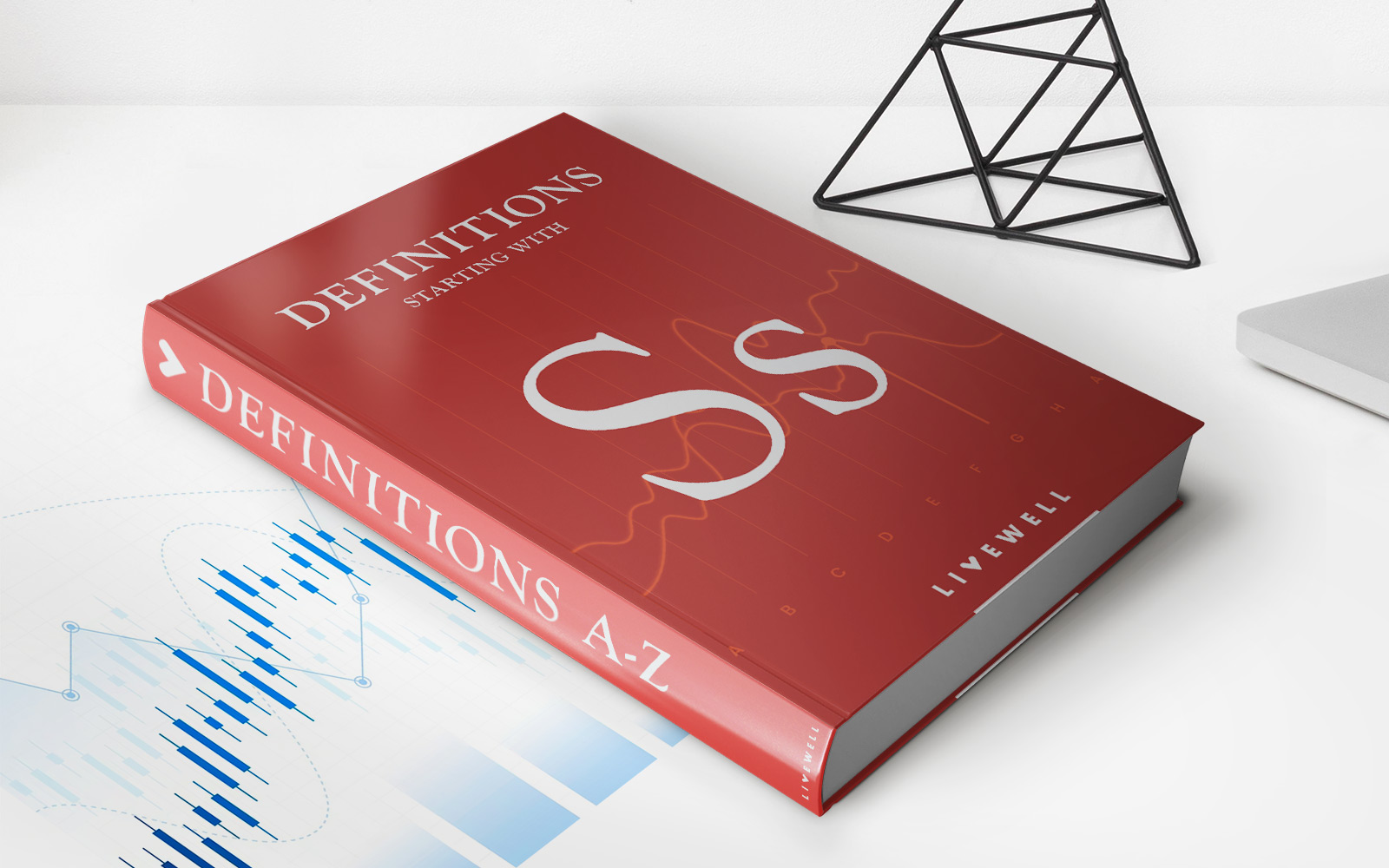

Finance
How To Use Life Insurance As An Investment
Modified: February 21, 2024
Learn how to use life insurance as an investment strategy to secure your financial future. Explore the benefits and options in finance for a brighter tomorrow.
(Many of the links in this article redirect to a specific reviewed product. Your purchase of these products through affiliate links helps to generate commission for LiveWell, at no extra cost. Learn more)
Table of Contents
Introduction
Life insurance is a financial product that provides protection for your loved ones in the event of your passing. However, many people are unaware that life insurance can also be used as an investment tool to build wealth and secure their financial future. By understanding the different types of life insurance and how they can be utilized for investment purposes, individuals can maximize the benefits of this versatile financial instrument.
In this article, we will explore the concept of using life insurance as an investment and delve into the various considerations, benefits, and risks associated with this strategy. Whether you are a seasoned investor or someone looking to diversify your investment portfolio, understanding the potential of life insurance as an investment can open up new avenues for long-term financial success.
While life insurance may not be the most glamorous investment option, it offers unique advantages that make it a valuable addition to any portfolio. Whether it is for wealth accumulation, tax efficiency, or legacy planning, life insurance can provide a range of benefits that other investment vehicles may not be able to offer.
Before we dive into the details, it is important to have a basic understanding of life insurance and its different types. This will serve as a foundation for understanding how life insurance can be leveraged for investment purposes.
Now, let’s explore the world of life insurance and how it can be used as an investment to secure your financial future.
Understanding Life Insurance
Life insurance is a contract between an individual and an insurance company, where the individual pays regular premiums in exchange for a death benefit that is paid out to their beneficiaries upon their passing. The purpose of life insurance is to provide financial protection and support to the loved ones left behind.
There are two main types of life insurance: term life insurance and permanent life insurance.
- Term Life Insurance: Term life insurance provides coverage for a specified period of time, typically 10, 20, or 30 years. If the insured individual passes away during the term, the death benefit is paid out to the beneficiaries. Term life insurance is often more affordable than permanent life insurance, but it does not accumulate cash value over time.
- Permanent Life Insurance: Permanent life insurance, as the name suggests, provides coverage for the entire lifetime of the insured individual. It also offers an additional component called cash value, which grows over time and can be accessed by the policyholder. There are different types of permanent life insurance, including whole life insurance and universal life insurance, each with its own features and benefits.
The cash value component of permanent life insurance policies is what makes them attractive for investment purposes. As the policyholder pays premiums, a portion of the premium is allocated to the cash value, which grows on a tax-deferred basis. This accumulated cash value can be accessed by the policyholder through policy loans or withdrawals, offering liquidity and flexibility.
It is important to note that the cash value component is not available in term life insurance. Therefore, when considering life insurance as an investment, permanent life insurance policies are generally the focus.
Understanding the basics of life insurance is crucial before delving into how it can be utilized as an investment tool. In the following sections, we will explore the considerations, benefits, and risks of using life insurance as an investment, as well as the steps involved in doing so. By gaining a comprehensive understanding, you can make informed decisions about incorporating life insurance into your investment strategy.
Types of Life Insurance
When it comes to utilizing life insurance as an investment, it is important to understand the different types of policies available. While there are variations within each type, the main categories of life insurance include:
- Whole Life Insurance: Whole life insurance is a form of permanent life insurance that provides coverage for the insured’s entire lifetime. It offers a guaranteed death benefit and builds cash value over time. Premiums for whole life insurance are typically higher than term life insurance, but the policyholder has the advantage of guaranteed coverage and potential for cash value growth.
- Universal Life Insurance: Universal life insurance, also a type of permanent life insurance, combines the death benefit protection with a savings component. The policyholder has flexibility in adjusting their premium payments and death benefit amounts. The cash value in universal life insurance grows at a variable interest rate, allowing for potential growth and accumulation.
- Variable Life Insurance: Variable life insurance is another form of permanent life insurance that offers an investment component. Policyholders can allocate a portion of their premiums to investment options such as stocks, bonds, or mutual funds. The cash value and death benefit of variable life insurance are tied to the performance of the investment options selected, offering potential for higher returns but also increased risk.
- Indexed Universal Life Insurance: Indexed universal life insurance is a hybrid between traditional universal life insurance and variable life insurance. The cash value growth is tied to the performance of a specific stock market index, such as the S&P 500. It offers the potential for higher returns compared to traditional universal life insurance while providing a level of protection against market downturns.
Each type of life insurance has its own unique features and benefits, as well as considerations to take into account. When choosing a life insurance policy for investment purposes, it is important to carefully assess your financial goals, risk tolerance, and investment preferences.
It is worth noting that the flexibility and accessibility of the cash value component vary between different types of life insurance policies. Additionally, the cost of premiums, death benefit amounts, and potential for investment returns may differ. Understanding these differences will help you make an informed decision about which type of life insurance is most suitable for your investment needs.
Now that we have explored the various types of life insurance, let’s move on to discussing the considerations involved in using life insurance as an investment.
Considerations for Using Life Insurance as an Investment
Using life insurance as an investment strategy can offer several advantages, but it is important to carefully consider certain factors before incorporating it into your financial plan. Here are some key considerations to keep in mind:
- Financial Goals: Determine your financial goals and how life insurance fits into the overall investment strategy. Are you looking to accumulate wealth, provide income for retirement, or leave a legacy for your loved ones? Clarifying your objectives will help you align your life insurance investment approach.
- Risk Tolerance: Assess your risk tolerance and investment preferences. Some life insurance policies offer a guaranteed cash value and stable returns, while others involve market exposure and potential for higher growth. Understand your comfort level with market fluctuations and adjust your investment choices accordingly.
- Time Horizon: Consider your time horizon for reaching your investment goals. Permanent life insurance policies are designed for long-term growth, whereas term life insurance may not provide the same level of investment potential. Determine how long you are willing to commit to the policy and if it aligns with your investment timeframe.
- Costs and Premiums: Understand the costs associated with life insurance policies. Premiums for permanent life insurance can be significantly higher compared to term life insurance. Evaluate your budget and ensure that the premium payments are sustainable over the long term.
- Tax Benefits: Evaluate the tax advantages of using life insurance as an investment. Cash value growth within a life insurance policy is generally tax-deferred, meaning you do not owe taxes on the growth until you withdraw the funds. It is important to consult with a tax professional to fully understand the tax implications specific to your situation.
- Flexibility and Liquidity: Consider the flexibility and liquidity of the life insurance policy. Some policies offer the ability to access the cash value through loans or withdrawals, providing liquidity if needed. Assess your need for liquidity and ensure that the policy allows for such flexibility.
These considerations will help you make an informed decision about utilizing life insurance as an investment tool. It is recommended to consult with a financial advisor who specializes in insurance and investments to discuss your specific financial situation and goals. They can provide personalized guidance and help you choose the right life insurance policy to align with your investment objectives.
Now that we have explored the considerations, let’s move on to discussing the benefits of using life insurance as an investment.
Benefits of Using Life Insurance as an Investment
Utilizing life insurance as an investment strategy can offer several benefits that make it an attractive option for individuals looking to build wealth and secure their financial future. Here are some key benefits of using life insurance as an investment:
- Protection and Growth: Life insurance provides protection for your loved ones in the event of your passing, ensuring that they are financially supported. In addition, permanent life insurance policies have a cash value component that grows over time. This cash value can provide a potential source of growth, allowing you to accumulate wealth in a tax-advantaged manner.
- Tax Advantages: One of the major benefits of using life insurance as an investment is the tax advantages it offers. The growth within a life insurance policy is typically tax-deferred, meaning you do not owe taxes on the accumulated cash value until you make withdrawals. This can provide significant tax savings over time, allowing your investment to grow more efficiently.
- Estate Planning: Life insurance can play a crucial role in estate planning. The death benefit from a life insurance policy can help provide liquidity to cover estate taxes, outstanding debts, or other financial obligations. By strategically incorporating life insurance into your estate plan, you can ensure that your assets are preserved and efficiently transferred to your beneficiaries.
- Flexibility and Liquidity: Permanent life insurance policies offer flexibility and liquidity. The accumulated cash value can be accessed through policy loans or withdrawals, providing a source of emergency funds or supplementing retirement income. This flexibility can be valuable, especially during unexpected financial situations or when you need access to funds.
- Asset Protection: Life insurance policies often provide creditor protection, meaning that the cash value and death benefit may be shielded from certain creditors in the event of bankruptcy or legal actions. This can be particularly beneficial if you are looking to protect your wealth and ensure it is preserved for the intended beneficiaries.
- Legacy Planning: Life insurance can be utilized to create a lasting legacy for your loved ones or a charitable cause. By designating beneficiaries or charitable organizations, you can ensure that your financial resources are passed on in a meaningful way, leaving a lasting impact even after you are gone.
These benefits highlight the potential advantages of using life insurance as an investment. However, it is important to evaluate these benefits in relation to your specific financial goals and circumstances. Consulting with a financial advisor can help you assess how life insurance can fit into your overall investment strategy and optimize its benefits.
Now that we have explored the benefits, let’s move on to discussing the risks associated with using life insurance as an investment.
Risks of Using Life Insurance as an Investment
While utilizing life insurance as an investment can offer numerous benefits, it is important to be aware of the potential risks involved. Understanding these risks can help you make informed decisions and mitigate any potential negative impact. Here are some key risks associated with using life insurance as an investment:
- Market Volatility: Some types of life insurance, such as variable life insurance or indexed universal life insurance, are tied to the performance of underlying investment options or market indexes. This exposes the cash value and potential returns of the policy to market volatility. Fluctuations in the market can impact the growth of the cash value, potentially resulting in lower returns than expected.
- Premium Payments: Permanent life insurance policies require regular premium payments, and failure to make these payments can lead to policy lapses. If a policy lapses, you may lose the accumulated cash value and any potential benefits associated with it. It is essential to assess your cash flow and ensure that you can sustain the premium payments over the long term.
- Opportunity Cost: When allocating funds to a life insurance policy, you may miss out on other investment opportunities. The growth potential of a life insurance policy may not match the potential returns of other investment vehicles, such as stocks, real estate, or business ventures. It is important to consider the opportunity cost of investing in life insurance versus other potentially higher-yielding investments.
- Policy Surrender Charges: With permanent life insurance policies, there may be surrender charges if you decide to surrender or cancel the policy before a certain period of time. These charges can eat into the accumulated cash value and reduce the overall return on investment. It is crucial to understand the surrender charges associated with your policy and factor them into your decision-making process.
- Long-Term Commitment: Permanent life insurance policies are designed for long-term growth and typically require a long-term commitment. If you decide to surrender the policy or withdraw the cash value prematurely, you may not realize the full benefits and returns that the policy could have provided over time. Consider your commitment level and ensure that it aligns with the objectives of the life insurance policy.
- Insurance Costs: The cost of insurance is a significant consideration with life insurance policies. Permanent life insurance tends to have higher premiums compared to term life insurance. These premium costs can affect your overall investment returns. It is important to assess whether the potential growth and benefits of the policy outweigh the insurance costs.
It is crucial to carefully evaluate these risks and understand how they may impact your investment strategy. Consulting with a financial advisor who specializes in insurance and investments can provide valuable insights and help you navigate these risks effectively.
Now that we have explored the risks associated with using life insurance as an investment, let’s move on to discussing the steps involved in utilizing life insurance as an investment.
Steps to Use Life Insurance as an Investment
If you have decided to use life insurance as an investment, there are several steps you can follow to ensure a successful implementation of this strategy. Here are the key steps involved:
- Evaluate your Financial Goals: Determine your financial goals and how life insurance aligns with them. Are you looking for wealth accumulation, retirement income, or leaving a legacy? Clarify your objectives to guide your investment decisions.
- Assess your Risk Tolerance: Understand your risk tolerance and investment preferences. Evaluate the potential risks associated with the different types of life insurance policies and choose one that aligns with your comfort level.
- Research and Compare Policies: Do thorough research on the various types of life insurance policies available and compare their features, benefits, and costs. Consider factors such as premiums, death benefit, cash value growth potential, and flexibility.
- Consult with a Financial Advisor: Seek guidance from a financial advisor who specializes in insurance and investments. They can help you analyze your financial situation, assess your needs, and recommend the most suitable life insurance policy for your investment goals.
- Choose the Right Policy: Based on your research and advice from your financial advisor, select the type of life insurance policy that best fits your investment objectives. Determine the premium amount and payment frequency that works for your budget.
- Manage the Cash Value Component: If you opt for a permanent life insurance policy, proactively manage the cash value component. Monitor the performance of your policy, review the investment options, and make adjustments if necessary. Regularly review the policy’s performance and ensure it aligns with your investment goals.
- Monitor and Review: Life insurance, like any investment, requires monitoring and regular reviews. Keep track of the policy’s performance, the growth of the cash value, and any changes in your financial circumstances. Periodically reassess your investment strategy and make adjustments as needed.
- Review and Update Beneficiaries: Regularly review and update your beneficiaries to ensure they reflect your current wishes. Life events such as marriage, divorce, or the birth of a child may require changes to your beneficiary designations.
- Consult with Tax Professionals: Seek guidance from tax professionals to understand the tax implications of your life insurance as an investment strategy. They can help you optimize the tax advantages and ensure compliance with relevant tax laws.
- Regularly Reassess and Adjust: Reassess your investment strategy periodically and make adjustments as needed. Life circumstances, financial goals, and market conditions may change over time, necessitating adjustments to your life insurance investment plan.
Following these steps will help you effectively use life insurance as an investment tool and maximize its potential benefits. Remember to regularly review and reassess your investment strategy to ensure it continues to align with your financial goals and changing circumstances.
Now that we have discussed the steps involved, let’s move on to conclude our exploration of using life insurance as an investment.
Conclusion
Using life insurance as an investment can be a valuable strategy to build wealth, provide financial protection, and secure your financial future. By understanding the different types of life insurance, considering your financial goals, and assessing the potential risks and benefits, you can make informed decisions about incorporating life insurance into your investment portfolio.
Life insurance offers unique advantages, including tax advantages, liquidity, asset protection, and estate planning benefits. The cash value component of permanent life insurance policies provides an opportunity for growth and can be accessed for various financial needs.
However, it is important to carefully weigh the risks associated with utilizing life insurance as an investment. Market volatility, premium payments, opportunity cost, surrender charges, and long-term commitment should be considered to ensure that the investment aligns with your risk tolerance, financial goals, and time horizon.
To effectively use life insurance as an investment, it is recommended to consult with a financial advisor who specializes in insurance and investments. They can guide you through the process, help you select the most suitable policy, and provide ongoing monitoring and advice to optimize your investment strategy.
Remember to review and update your life insurance policy as needed, regularly reassess your investment strategy, and consult with tax professionals to maximize the tax advantages associated with life insurance as an investment.
By taking these steps and making well-informed decisions, you can harness the potential of life insurance as an investment tool to achieve your financial goals, protect your loved ones, and create a lasting legacy.














